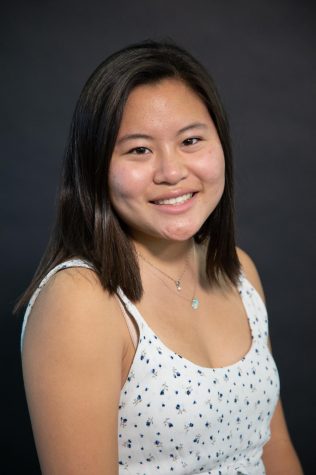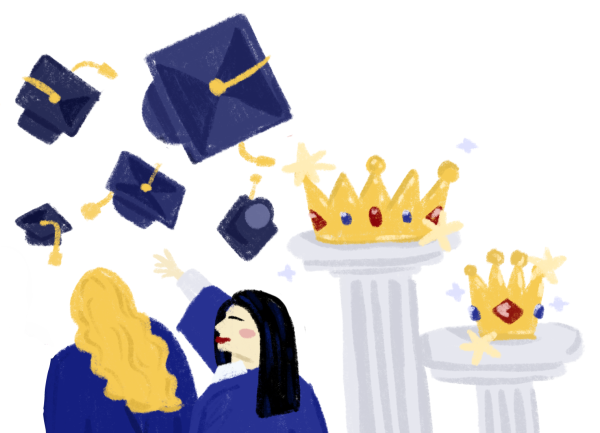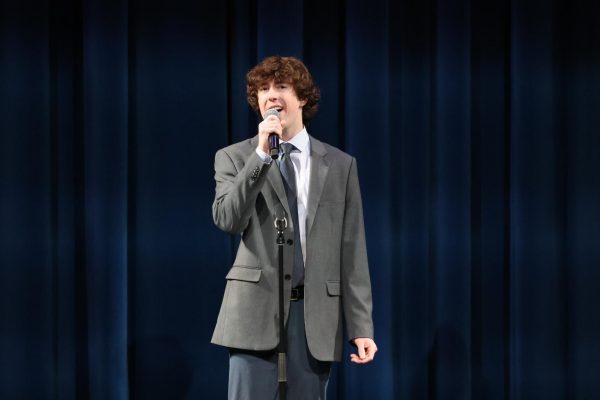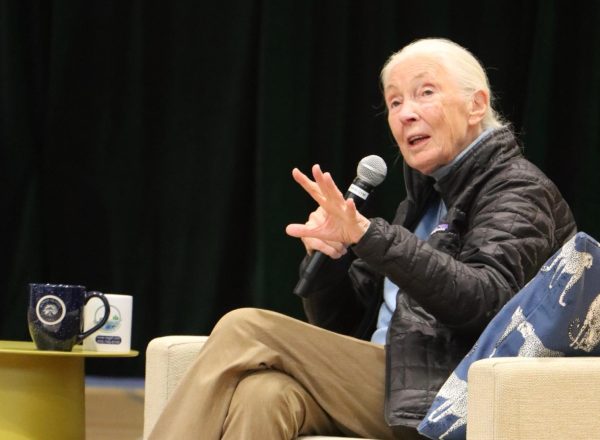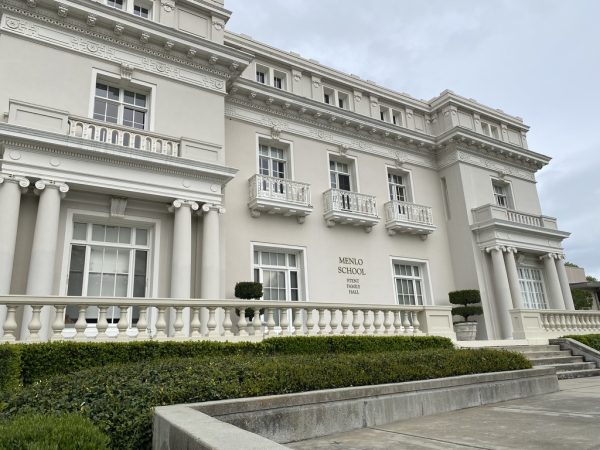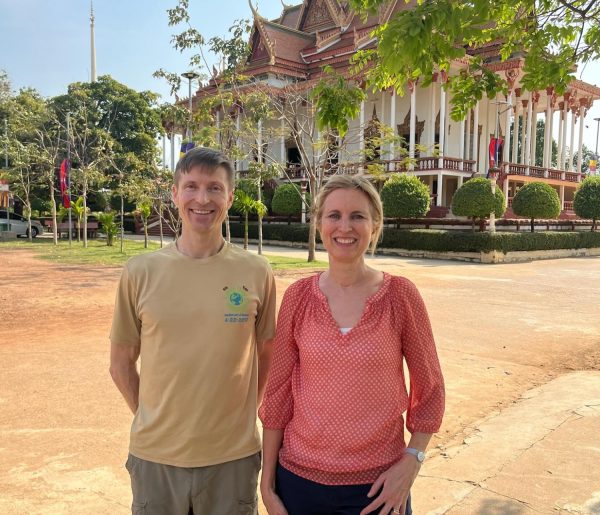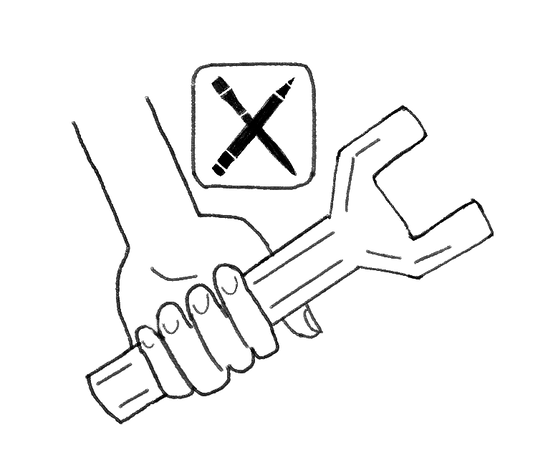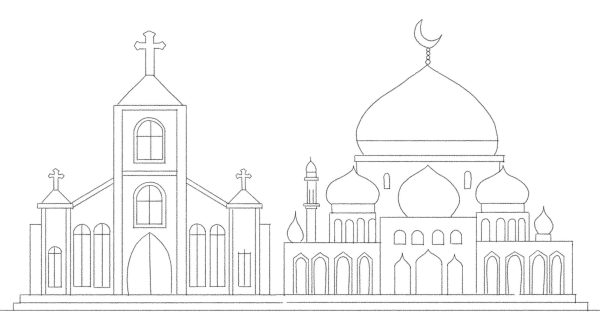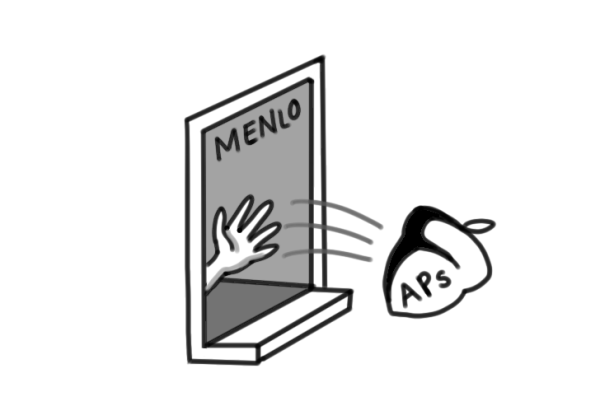Model UN Takes on The Annual Harvard Model Congress
Menlo Model UN Club poses for a photo with their awards. Pictured from left: (above) freshman Vikram Seshadri, junior Jake Martin, sophomore Vivek Veluvali, senior Adrian Kalaw, (below) junior Charlotte Acra, junior Sulwen Ma, freshman Mitsuka Kiyohara, senior Tzy Ying Yee, (not pictured: senior Louis Levitan). Photo courtesy of Charlotte Acra.
January 31, 2019
From Friday, Jan. 18 to Sunday, Jan. 20, nine members of the Menlo Upper School Model United Nations club participated in the 19th annual Harvard Model Congress, held in San Francisco. At the conference, juniors Charlotte Acra and Sulwen Ma received “Best Delegate” awards, and sophomore Vivek Veluvali and seniors Adrian Kalaw and Tzy Ying Yee received “Honorable Mention” awards, each for outstanding performances.
In Model U.N. conferences, students represent a particular country in a committee of the U.N., debating and passing resolutions on international issues in the same manner as the real country would. However, Harvard Model Congress differs from typical conferences in that it “offers students the unique opportunity to assume the role of real life senators, congressmen, and members of special programs to inspire debate, cooperation, and legislation,” according to the Harvard Model Congress San Francisco website.
While only a small group of Menlo students attended the conference, the nine participants spanned every grade. “We had a nice mix of under[classmen] and upperclassmen attending, so aside from the awards, it was just great for the health of our club that we had delegates from all grades,” said Rebecca Gertmenian, club adviser and Upper School English and history teacher.
Yee agreed that the mixture of grade levels helped the club’s excellent performance at the conference. “I think our club did a lot better than we expected,” she said. “I think that’s just because we had a lot of different people joining the team this year, which we definitely benefited from.”
Students typically join Model U.N. in order to better understand international relations. “I originally joined Model U.N. because I really wanted to learn more about foreign policy,” Ma said.
“I joined [Model U.N.] because I wanted to develop my public speaking skills, and I wanted to get more well-versed in international and domestic affairs,” Acra said.
“The main reason I started Model U.N. is because my brother was doing it, and I heard it from him,” Yee said. “But, I also wanted to get into it because I felt like I wasn’t being exposed to a lot of current events and global issues. I wanted to hear what other students’ perspectives were, and I thought Model U.N. would be a great place to do that.”
Similarly to the students, Gertmenian believes that being the Model U.N. adviser has helped her stay informed on global issues. “I learn so much from the current events that the club leaders choose to highlight,” she said. “[…] Just hearing what the students have to say when we do quick debates always teaches me something. And, in preparing for conferences, if a student wants me to help them with their position paper [an essay prerequisite for conferences], I learn a lot of random stuff about the Trojan War or Morocco, for example.”
Over the years, the popularity of Model U.N., like most Menlo clubs, has seen fluctuation. “When I began advising the club about 10 years ago, it was much, much larger, but I think clubs across Menlo were much larger,” Gertmenian said. “Now we have a healthy size and more kids are committed to [the club], but it’s a lot smaller.”
The Model U.N. club looks forward to its next conference at UC Berkeley in March.



